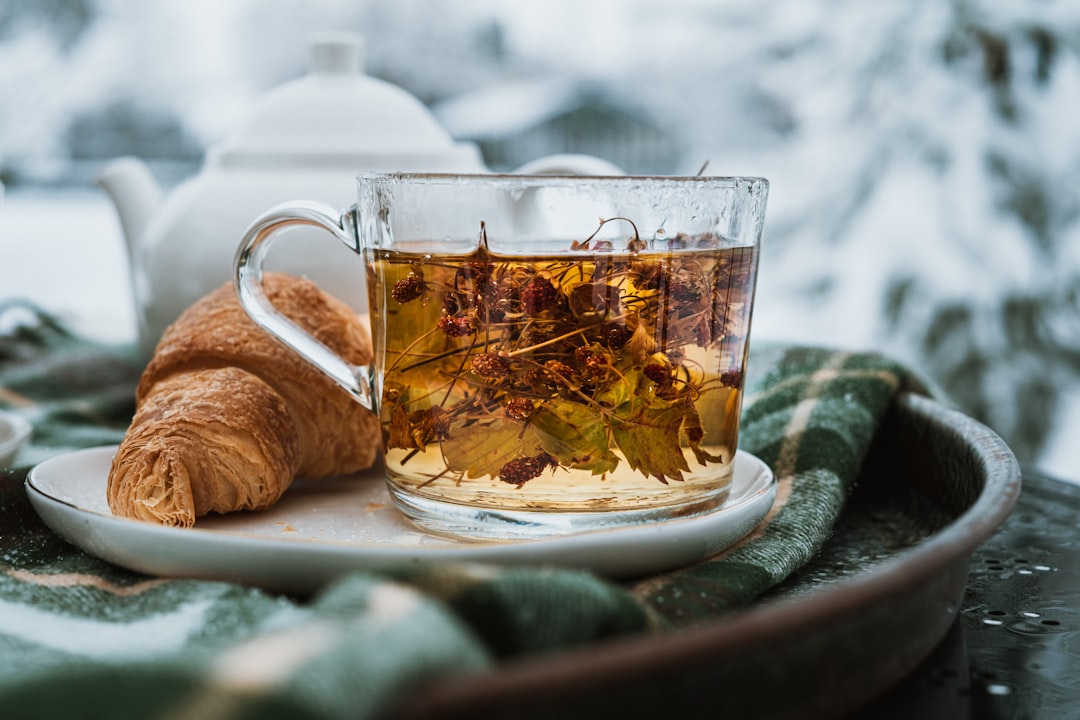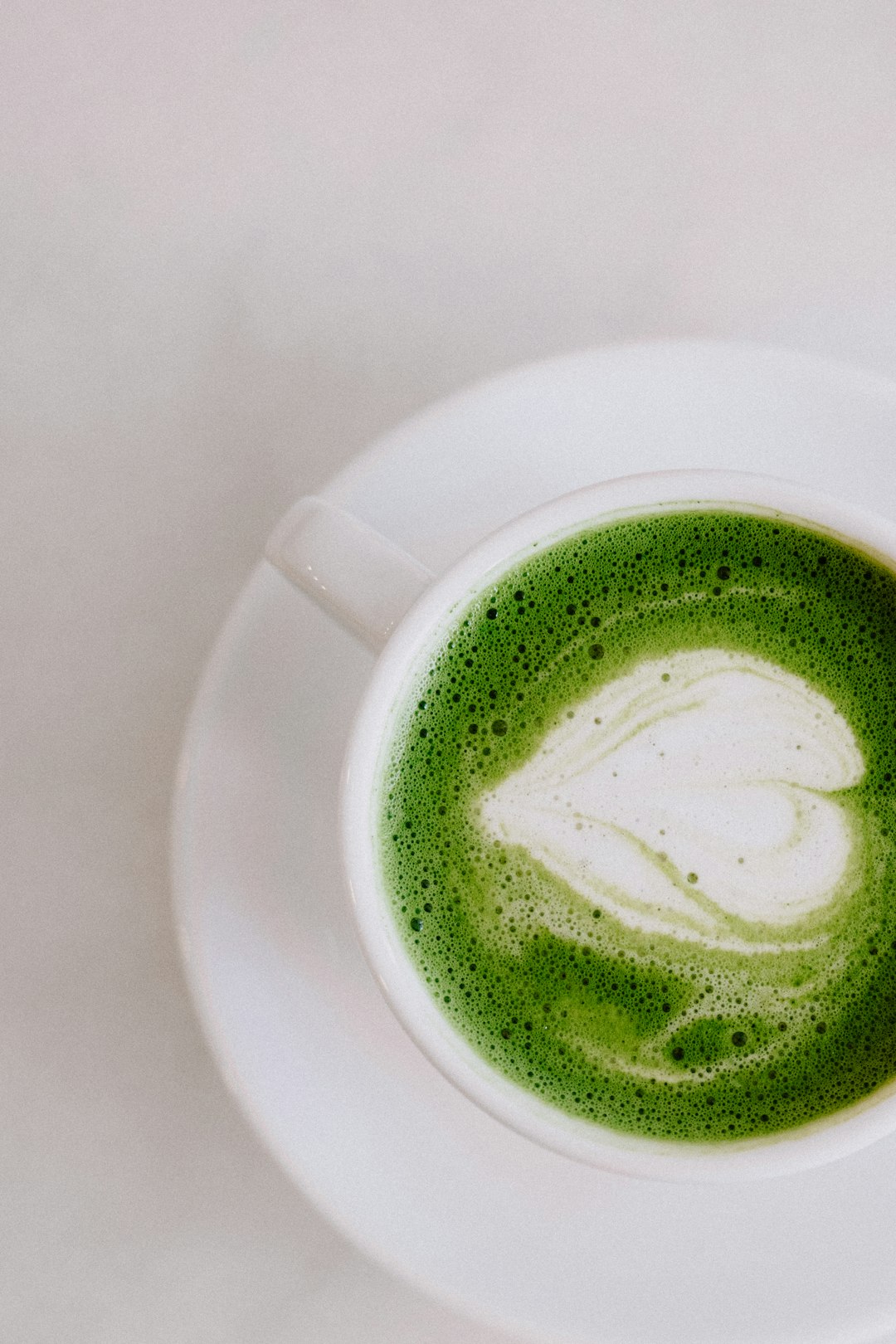Learning how to choose good quality matcha powder can feel overwhelming when you’re staring at dozens of options online or in stores. I remember my first matcha purchase – I grabbed the cheapest green powder I could find, excited to make those Instagram-worthy lattes. The result? A bitter, chalky mess that made me question why anyone would drink this stuff. It wasn’t until I discovered what separates premium matcha from the imposters that my matcha game completely changed.
The truth is, not all matcha powders are created equal. Some will give you that smooth, creamy flavor with natural sweetness, while others will leave you with a gritty, bitter experience that’ll put you off matcha forever. The key lies in understanding what makes quality matcha powder worth the investment.

Understanding Matcha Grades and Quality Levels
When you’re figuring out how to choose good quality matcha powder, the first thing to understand is that matcha comes in different grades. Ceremonial grade matcha sits at the top – this is the premium stuff made from the youngest tea leaves, stone-ground to perfection. It’s what you want for traditional tea ceremonies or when you’re drinking matcha straight up.
Then there’s culinary grade matcha, which works great for lattes, smoothies, and baking. It’s more affordable but still delivers that authentic matcha flavor. The lowest tier is often just labeled “matcha powder” without any grade specification – these are usually the ones that disappoint.
Here’s what to look for in premium matcha quality:
- Vibrant green color – Quality matcha should be bright, almost neon green
- Fine texture – It should feel like baby powder, not gritty or coarse
- Fresh, grassy aroma – Good matcha smells like fresh-cut grass, not hay
- Smooth taste – Premium matcha has natural sweetness with minimal bitterness
Key Factors in How to Choose Good Quality Matcha Powder
The origin matters more than you might think. Japanese matcha from regions like Uji, Nishio, or Kagoshima typically offers superior quality compared to matcha from other countries. These regions have perfected the shade-growing process that gives matcha its distinctive flavor and nutritional profile.
Look for matcha that’s been stone-ground rather than machine-processed. Stone grinding preserves the delicate cellular structure of the tea leaves, maintaining more nutrients and creating that silky texture you want. Machine-ground matcha often feels coarser and loses some of its beneficial compounds.
The harvest date is crucial too. Fresh matcha should be consumed within 6-12 months of grinding. Check the packaging for harvest or grinding dates – if they’re not listed, that’s usually a red flag.

Reading Labels Like a Pro
When you’re learning how to choose good quality matcha powder, the packaging tells you everything. Authentic matcha comes in sealed, opaque containers that protect it from light and air. Avoid matcha sold in clear plastic bags or containers – light degrades the quality quickly.
Look for these key indicators on quality matcha packaging:
- Single origin designation – Specific Japanese region listed
- organic certification – Ensures no harmful pesticides
- Shade-grown notation – Essential for authentic matcha production
- Stone-ground specification – Indicates traditional processing methods
Price is often a good indicator of quality. While you don’t need to buy the most expensive option, extremely cheap matcha (under $20 for 30g) is usually low-grade or mixed with fillers. Quality ceremonial grade matcha typically ranges from $30-80 for a 30g tin.
Testing Your Matcha Quality at Home
Once you’ve got your matcha home, there are simple ways to verify you made a good choice. The water test is my favorite – mix a small amount of matcha with room temperature water. Quality matcha will dissolve smoothly without clumping, while lower grades will be lumpy and resist mixing.
The color test is equally revealing. Spread a small amount on white paper – premium matcha maintains its vibrant green color, while lower quality powder might appear yellowish or dull. This visual check helps you understand what authentic matcha color should look like.
For the ultimate test, make a traditional bowl of matcha with just powder and hot water. Quality matcha will have a naturally sweet, umami-rich flavor with minimal bitterness. If it tastes harsh or overly bitter, you might need to upgrade your source.
Making the Most of Your Quality Matcha Investment
Now that you know how to choose good quality matcha powder, proper storage becomes crucial. Keep your matcha in the refrigerator in an airtight container, and only take out what you need for immediate use. Temperature fluctuations can affect the flavor and color.
Quality matcha works beautifully in both traditional preparations and modern recipes. For matcha lattes, use about 1-2 teaspoons per cup, and always sift the powder first to prevent clumps. In baking, culinary grade matcha provides better value while still delivering that authentic flavor.
Remember, investing in quality matcha means you’ll use less powder per serving since the flavor is more concentrated. That expensive tin actually provides better value per cup than cheaper alternatives that require double the amount to achieve decent taste.
The journey to finding your perfect matcha might involve trying a few different brands and grades, but once you discover what works for your palate and budget, you’ll never go back to subpar powder. Whether you’re whisking up a traditional tea ceremony or blending a morning smoothie, quality matcha transforms the entire experience from ordinary to extraordinary.
What’s the difference between ceremonial and culinary grade matcha powder?
Ceremonial grade matcha is made from the youngest tea leaves and is perfect for drinking straight, while culinary grade is more affordable and ideal for lattes, smoothies, and baking recipes.
How can I tell if my matcha powder has gone bad?
Fresh matcha should be vibrant green in color with a grassy aroma. If it appears yellowish, smells stale, or tastes overly bitter, it’s likely past its prime and should be replaced.
Why is authentic Japanese matcha more expensive than other options?
Japanese matcha from regions like Uji undergoes traditional shade-growing and stone-grinding processes that preserve nutrients and create superior flavor, justifying the higher price point for quality.
✓ Expert Reviewed: This content has been reviewed by qualified professionals in the field.
Last Updated: July 6, 2025
Disclaimer: Content is for informational purposes only. Professional advice should be sought for specific situations.
Editorial Standards: The Tea Research Team at matchatealeaf.com unites premium tea industry professionals with advanced AI research tools to create deeply informed, engaging content on matcha, green tea, and black tea. Drawing from years of firsthand experience and global industry insight, the team blends tradition with technology, ensuring every article is accurate, inspiring, and rooted in genuine expertise—making us a trusted source for tea lovers worldwide. All content follows strict editorial guidelines with fact-checking and expert review processes. Read more about Tea Research Team